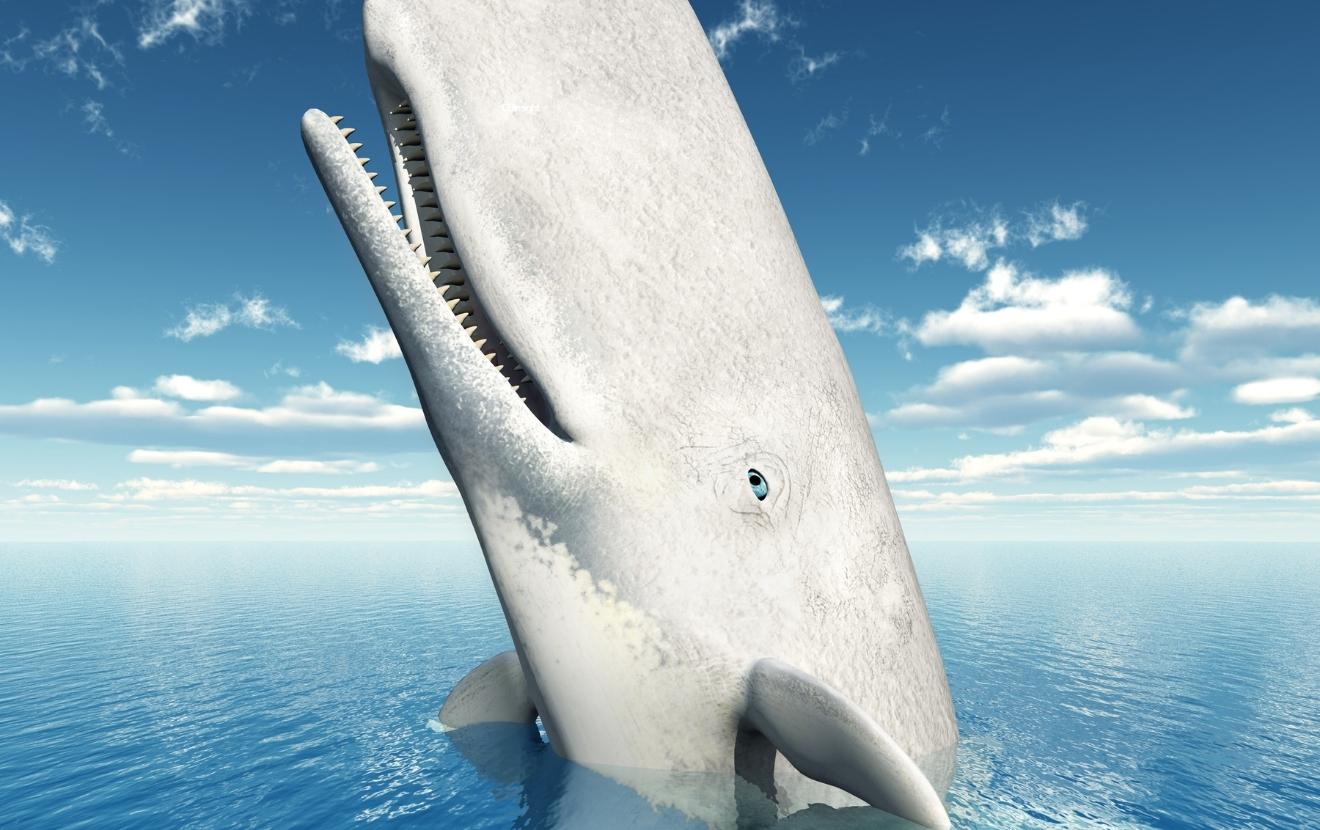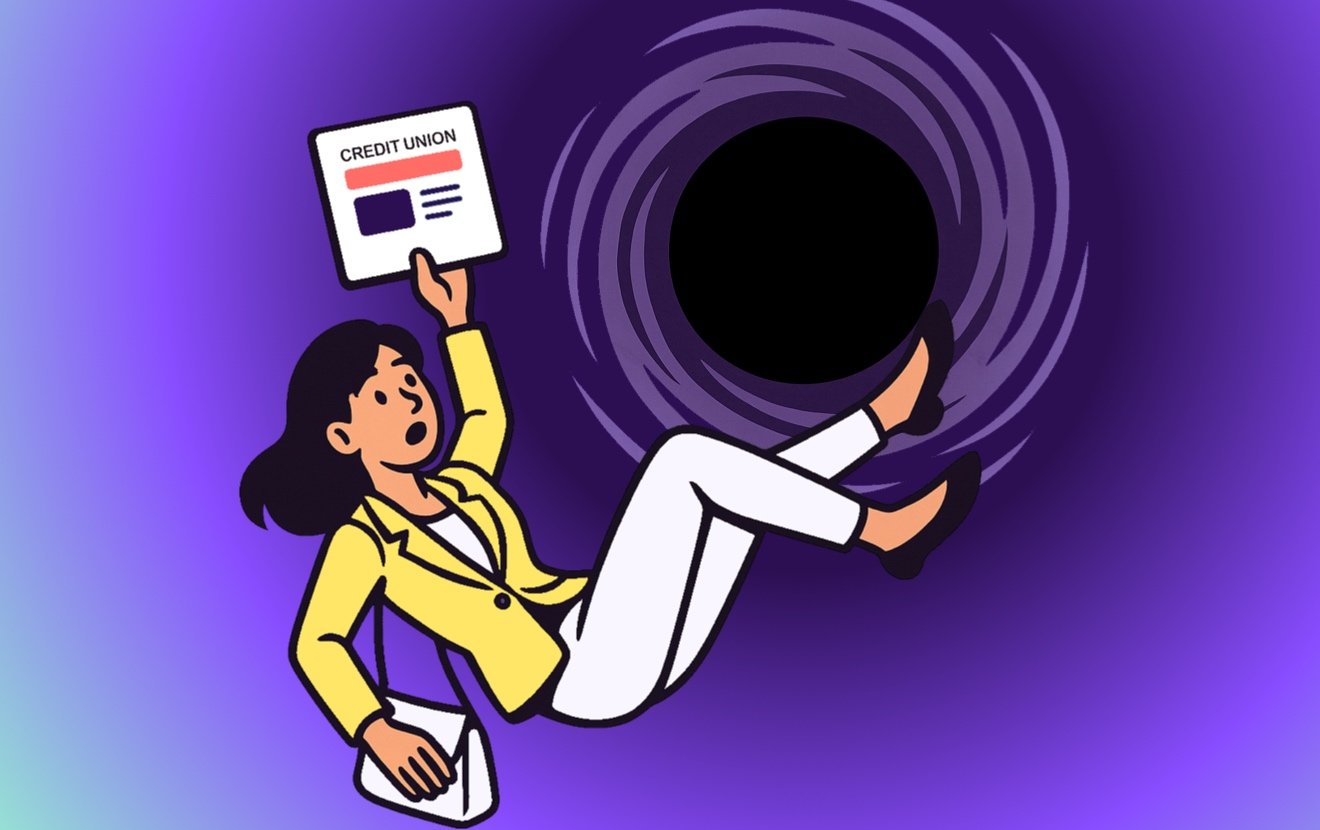Early in my career, a colleague casually dropped the phrase white whale into conversation, and it lodged itself firmly in my brain. I became a quiet fan of the metaphor—an elusive, almost-mythical thing worth chasing. Apparently, Instagram caught on. Just last week, a white whale surfaced in my feed. And for once, it wasn’t something I had Googled.
In the world of brand and strategy, the white whale is The Big Idea.
It’s that rare, clear-eyed concept that holds the power to inspire, scale, and—perhaps most importantly—stick. It’s the central creative force that pulls everything into alignment: the story we tell, the experience we create, and the culture we cultivate. It’s not just marketing—it’s momentum.
Finding it? That’s the hard part.
Even for the most seasoned creatives, discovering a Big Idea can be an emotionally exhausting, soul-searching expedition. Why? Because a Big Idea has three herculean lifts:
- It must be simple, emotional and adaptable.
- It must live beyond a single execution.
- It must be memorable.
When we get it right, it drives organic growth from the top of the funnel all the way through the member journey. But when we don’t—when we trade substance for speed—we often end up with cheap, disjointed campaigns that make people feel . . . well, sold to. You know the feeling: the ick that creeps in when authenticity goes out the window.
The real work begins before we hit the emotion button. It starts with insight.
That means mapping the world around us—trends, disruptions, cultural shifts—and rooting ourselves in facts, movements, and lived experiences. We begin by asking not how do we want people to feel, but what are people already feeling?
From there, we dig deeper. Beneath the surface of “emerging consumer behavior” is real human experience: joy, anxiety, friction, hope, even rage. These emotional undercurrents aren’t just creative fuel. They’re strategic gold. They are the difference between guessing and belonging, between performing for people and truly seeing them.
And this kind of insight isn’t reserved for ad copy or Super Bowl spots.
It’s critical for executives developing strategy. For product teams innovating new answers to old questions. For people leaders reimagining the future of work in a way that serves actual human beings—not personas.
If our Big Ideas—be they strategic, cultural, or creative—aren’t landing, the first question we should ask isn’t what’s the solution? It’s what are we listening to?
Because sometimes, chasing the white whale means we need to tune out the noise and find new ways of listening first.
When we take the time to listen deeply—to trends, to data, to the unspoken needs of our members and employees—we don’t just stumble upon a Big Idea. We earn it. And when that idea finally surfaces, it doesn’t just fit on a campaign brief. It fits the people we’re trying to serve.
Because at its core, a Big Idea isn’t about being clever. It’s about being clear. Clear on what we believe. Clear on who we’re for. Clear on where we’re headed.
And clarity is contagious.
So, here’s to the white whale—not just as a creative trophy, but as a strategic north star. And here’s to those of us brave (or stubborn) enough to keep chasing it—not because it’s easy, but because the people we serve deserve ideas worth belonging to.







